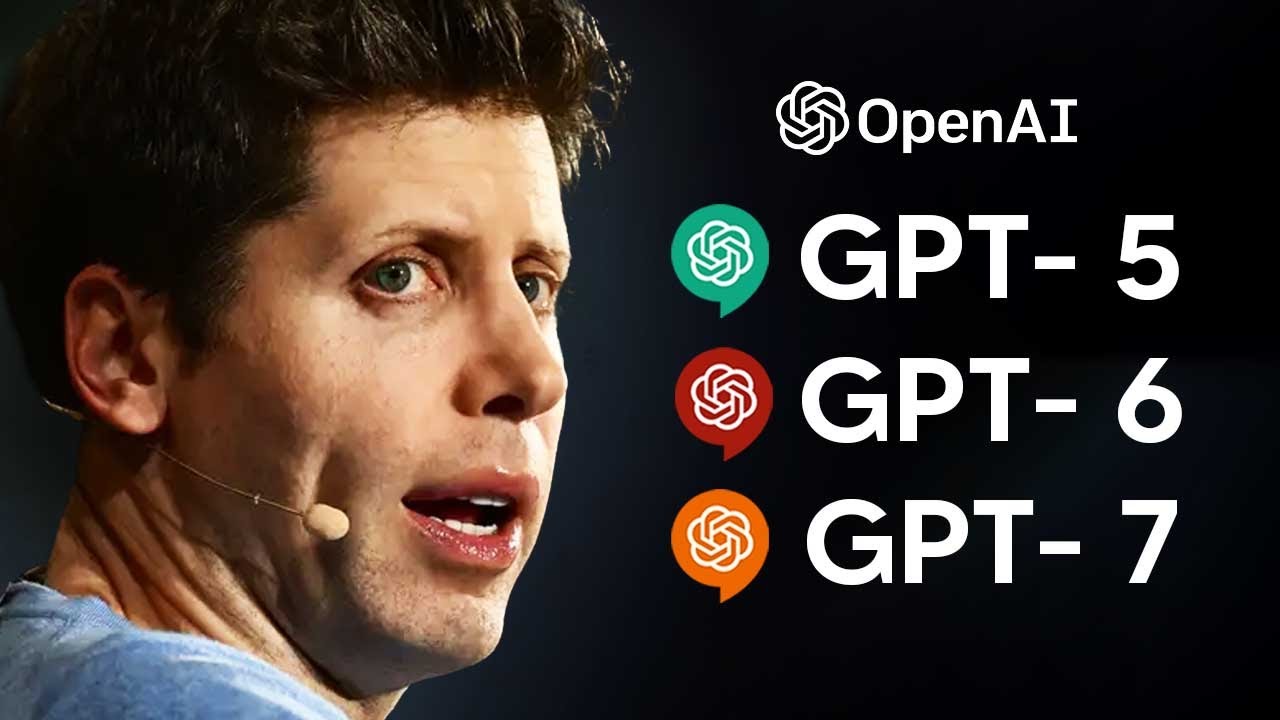So, there’s actually a fascinating piece of information that I think I should share with you all. Recently, while browsing the web, I stumbled upon some publicly available information about GPT-5, GPT-6, and surprisingly, GPT-7. This is something you’ll want to see, so let’s delve into the future timelines of AI development.
One critical concept to understand is the theory of iterative deployment. In a recent interview between Sam Altman and Pat Gelsinger, CEO of Intel, they discuss the future of AI.

The conversation highlights two main points: the $7 trillion market and iterative deployment. Iterative deployment, as suggested by Altman and others from OpenAI, involves releasing technology gradually to allow society to adapt to the technological advances.
From the interview, it’s clear that releasing products early for public testing and feedback is part of their strategy. This approach helps improve the technology and prepares society for the changes that AI will bring. OpenAI has previously hinted at this strategy, emphasizing the importance of iterative deployment for safe and gradual technological advancement.
GPT-6 and GPT-7
Now, regarding the information about GPT-6 and GPT-7, it comes from a website that allows you to view trademarks. Companies often register trademarks to protect their brand names and prevent others from using them without permission.

By paying attention to the dates and details listed on this website, I discovered significant information about the future models of GPT. For example, the trademark for “Sora,” a text-video model, was registered on February 14, 2024. The very next day, OpenAI announced introducing Sora, which can create 60-second videos.
This pattern of trademarking and subsequent announcements gives us insights into OpenAI’s plans for future models. Interestingly, the trademarks for GPT-5, GPT-6, and GPT-7 were all filed around the same time, indicating that OpenAI is indeed planning ahead for future developments.
GPT-6, in particular, seems to introduce new capabilities, such as music generation. This feature was not explicitly mentioned in the trademarks for GPT-5, suggesting a significant evolution in the model’s capabilities from GPT-5 to GPT-6. The idea of AI-generated music is not entirely new, as OpenAI introduced Jukebox in 2020, a model that generates music with singing in the raw audio domain. This indicates OpenAI’s ongoing interest in expanding the capabilities of their models beyond text.
Furthermore, the trademark filings suggest that OpenAI is considering integrating AI agents into future models, starting with GPT-6. This is evident from the mention of downloadable computer software for simulation environments for testing AI agents within the GPT-6 trademark details.
Conclusion
In summary, OpenAI’s strategy of iterative deployment, combined with their ongoing trademark activities, provides a glimpse into the future of AI development. The introduction of new features such as music generation and AI agents points to a broadening of the capabilities of future GPT models, indicating exciting times ahead for AI technology and its applications.
Read related articles:

